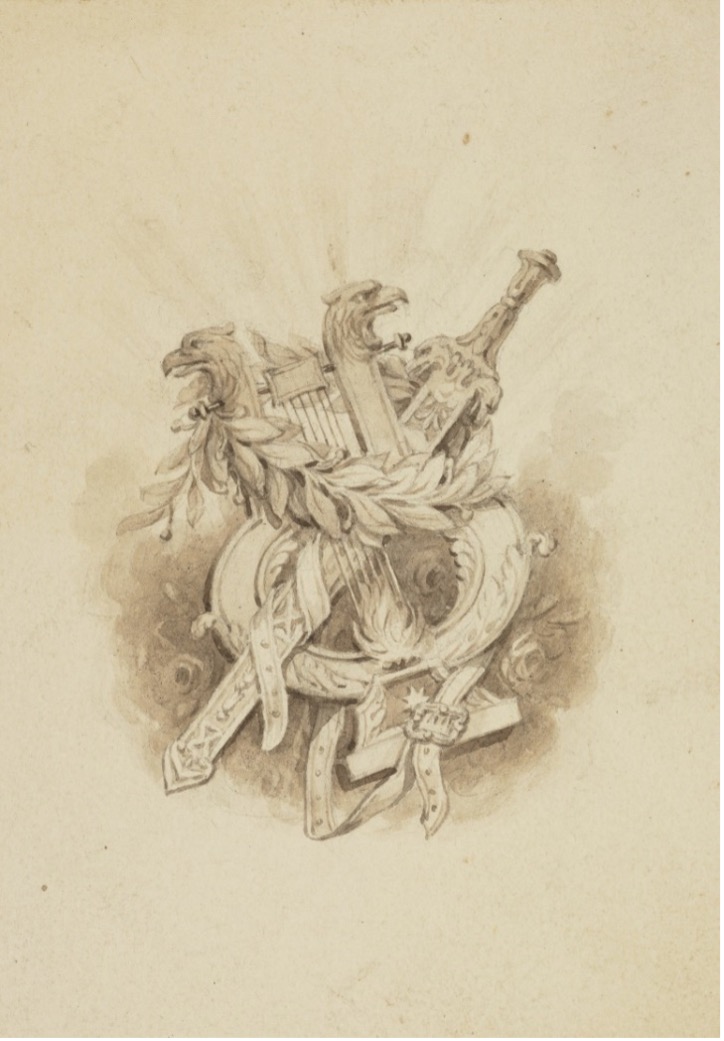FORMALITIES OF A BARON
A Scottish feudal Baron or Baroness may continue using their existing surname and add their title, becoming, for example, ‘John McDonald, Baron of X’.
It is important to note this is different from ‘John McDonald, Baron X’, a phrasing which denotes a peerage.
Officially, the wife of a feudal baron receives no formal recognition with her own title.
As a traditional courtesy, however, the accepted form of address for a baron and his wife is ‘The Baron and Baroness of X’. The authorities differ on additional forms of recognition. Debrett’s states that ‘the social form of address for a Scottish feudal Baron and his wife is ‘‘the Baron and Baroness of Pitlochry’’; or ‘‘the Baron of Pitlochry and Madam Maitland [surname]’’.’ The Convention of the Baronage of Scotland says that ‘by tradition, several usages are acceptable: Lady Pitscot, The Lady Pitscot, and Baroness of Pitscot. Today Lady Pitscot is the most widely accepted version. Madam (eg Madam Shand of Pitscot) is also used, particularly in the West of Scotland, and this is the form used by most clan chiefs. For foreign travel, Baroness may be preferred. In Lyon Court documents there will also be found: Lady of Pitscot and Lady of the Barony of Pitscot.’
The husband of a baroness does not receive a courtesy title and is referred to by his own personal rank; thus ‘The Baroness of X and Mr John McDonald’.
The eldest son of a Baron may be known by his father’s territorial designation with the addition of ‘younger’, often shortened to ‘yr’. For example, ‘James McDonald of X, yr’ or ‘James McDonald, Younger of X’.
Any daughters of a Baron may add the territorial designation to their surname in the form ‘Jane McDonald of X’, sometimes with the addition of ‘Maid’ before the designation. Note that younger sons receive no address other than that befitting their personal rank.
For those barons eligible for certain formal documents issued in the U.K. such as driving licences and passports, the baronial title may be included on the documents. Eligibility requires, among other things proof that the applicant is a baron. Advice can be sought through the relevant government channels. Formal recognition of baronial status varies in different jurisdictions around the world.
HERALDRY
Heraldry is the science and art used for the display of symbols which distinguish an individual.
In medieval times this was the practical designation of a person and today has many enthusiasts who find joy in its visual beauty and language. It is used in various forms across the world from professional to personal settings and by genealogists and historians as they trace pedigrees.
Figure 10: Coat of Arms [Scottish /Royal] | National Galleries of Scotland. Unknown artist.
Holding a Scottish feudal barony brings the baron or baroness within the jurisdiction of the Lord Lyon, King of Arms in Scotland. A baron may therefore petition the Lord Lyon for a grant of Arms and other Armorial Ensigns such as heraldic flags. The Lord Lyon is the Queen’s representative in Scotland on matters heraldic and ceremonial and keeps the Public Register where anyone granted Arms is entered. The barony itself should be recorded in the Scottish Barony Register which the Lord Lyon may consult in deciding whether the applicant is, indeed, a baron entitled to Arms. Upon approving eligibility, the Lyon issues Letters Patent, which is a formal deed from the Crown granting Arms.
An Achievement of Arms is the presentation of a shield or escutcheon with armorial bearings together with an appropriate helm indicating baronial rank, mantling, a motto, and a crest. If the armiger is entitled to them this may also include supporters, a compartment, and a coronet of rank. From the middle of the twentieth century barons were granted Arms with additions befitting their rank including chapeau, feudo-baronial mantle, helm, standard and badge. The chapeau or baronial cap was in Gules if the family retained the feudal possession or Azure ‘if they are representer of the family previously associated with the barony’ and a cap ‘lined contre ermine’, black with white tails spots, if the barony was originally held other than under the Scottish Crown.[35]
[35] Charles J. Burnett and Mark D. Dennis, Scotland’s Heraldic Heritage: The Lion Rejoicing (Edinburgh: The Stationary Office, 1997). 28-9.
In Scotland, supporters are considered one of the highest heraldic honours.
They are bestowed chiefly on peers but have also been granted to certain barons who are the heirs of those who would have been called to parliament before 1592. The ability to claim for a grant of supporters includes other conditions beyond this such as whether the relevant charters have covered the supporters when resettling the barony.[36]
With the coming into force of the Abolition of Feudal Tenure etc. (Scotland) Act 2000 the Arms of Scottish feudal barons do not ordinarily include baronial additaments as part of Armorial Bearings. Today, a helmet befitting their rank is the main mode of recognition for barons, denoting them to be above gentlemen though below the peerage. This is generally a steel helm with one or three gold bars.
Armigers may display their own crest as a badge or in a plain circlet carrying their motto. It is customary, but not regulated by the Lord Lyon, that armigers may wear eagle feathers behind the crest. While traditionally a baron wore one feather in modern times it has come to be that barons often wear two.
Figure 11: Coat of Arms [Scottish] | National Galleries of Scotland. Unknown artist.
Note that in Scotland Arms are personal property and there is no such thing as a ‘Family’ Coat. The look of the Arms is ultimately the decision of the Lord Lyon, following from discussion with the armiger. This is a lengthy process, reflecting the precision of the art of heraldry and the seriousness with which Arms are taken in the Scottish legal framework. The decisions of the Lord Lyon are interpretations of law, and those seeking a grant of Arms are directed to the Lyon Court for guidance. In all heraldic matters the Lord Lyon retains ultimate authority.
[35] Sir Thomas Innes of Learney, Lord Lyon King of Arms K.C.V.O., Advocate, F.S.A.Scot., Scots Heraldry: A Practical Handbook on the Historical Principles and Modern Application of the Art and Science (1956). 130-1.




![Figure 10: Coat of Arms [Scottish /Royal] | National Galleries of Scotland. Unknown artist. Figure 10: Coat of Arms [Scottish /Royal] | National Galleries of Scotland. Unknown artist.](https://baronage.scot/wp-content/uploads/2021/08/Coat-of-Arms-Scottish-Royal-National-Galleries-of-Scotland.-Unknown-artist.-HIstory-of-the-Baronage.jpg)
![Figure 11: Coat of Arms [Scottish] | National Galleries of Scotland. Unknown artist. Figure 11: Coat of Arms [Scottish] | National Galleries of Scotland. Unknown artist.](https://baronage.scot/wp-content/uploads/2021/08/Coat-of-Arms-Scottish-National-Galleries-of-Scotland.-Unknown-artist.-History-of-the-Baronage.jpg)